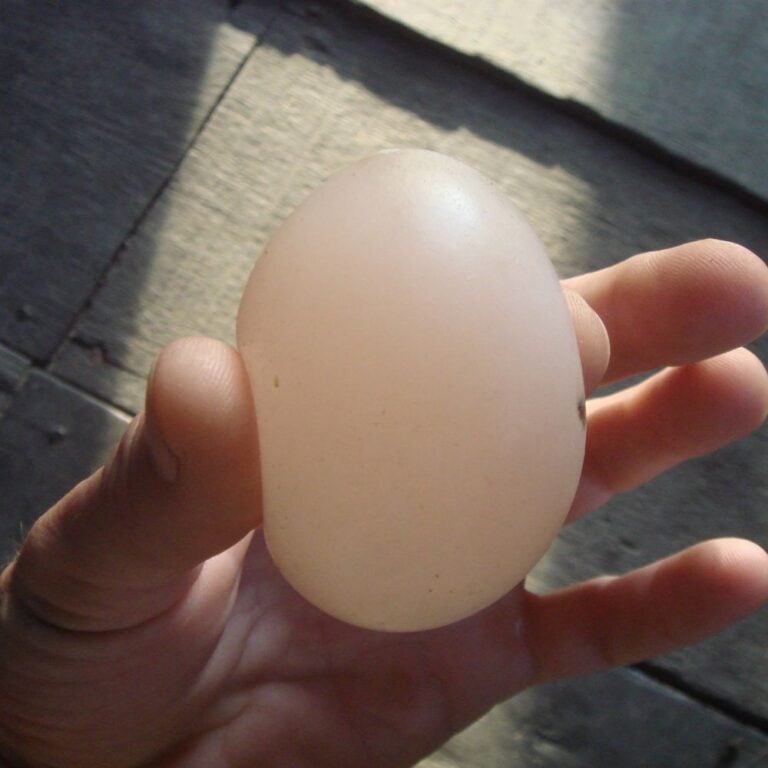It seems that everyone buys feed for their chickens, but is layer feed necessary? Or is there a better plan? In this article, you’ll learn all about layer feed, and if it’s something you really need in order to raise a healthy flock!
Living things need to eat. In fact, that might be one of the biggest motivators for gathering a group of chickens in our barns and sheds. We look after them, and they provide us with collections of eggs and meat. If you read our article about what chickens can eat, you know that to produce an adequate supply of eggs for us, our hens need the right nutrients for the job.
To aid in this, industry experts created specially-created feeds called layer feed. These feeds help hens with egg production. They also add some smaller bonuses to our chickens.
Table of Contents (Quickly Jump To Information)
What Is Layer Feed?
Layer feed is a mixture that helps chickens grow strong and healthy. It offers them a balanced mix of nutrients, vitamins, and minerals. It’s feed specifically for laying hens and has healthy amounts of protein and calcium. Your hens need a lot of both to lay healthy eggs!
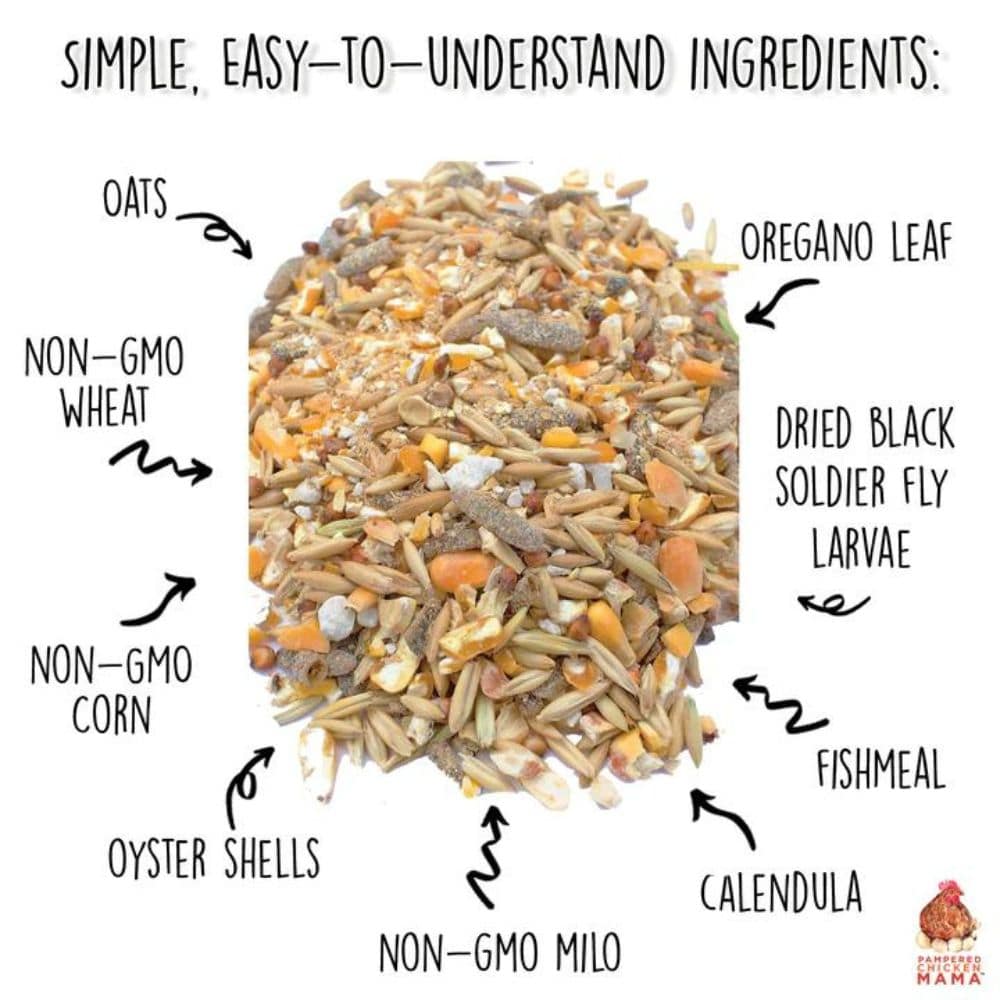
How Much Protein Should A Feed Have?
A feed with 16-18% protein is best, with the right nutrients for your chickens to remain healthy. A layer feed isn’t the same as a chick starter, which is formulated for baby chickens.
A common question we get is about how to switch to a layer feed from a chick starter. For the first part of your chickens’ lives, they should be on starter and grower feeds. Then once they begin laying, you should switch them to a layer feed. It’s easiest to switch gradually over the course of a week. A sudden switch could lead to diarrhea and other gastric problems.
Laying hens will eat about a quarter pound of feed each day. Free-ranging hens need less than this, as they will be foraging for much of their own feed. Despite their foraging, they will still need a significant amount of layer feed to help maintain a proper nutritional balance.
You might wonder if roosters eat layer feed since they don’t lay eggs. In short, yes they can. They’ll be perfectly healthy. It’s unrealistic to house roosters and hens together and feed them different meals. It would actually be more like a circus than a farm!
Can Chicks Eat Layer Feed?
Your chicks have different dietary requirements than your fully-grown chickens. They will need different nutrients. Layer feed has extra calcium, which can cause your chicks to have trouble growing correctly. It’s always best to feed your baby chickens an 18% starter ration.
Chicks also need crumbles and not pellets, so keep that in mind. And you will have to decide whether to use medicated feed or not. Here is an article to help you decide: Medicated Vs Unmedicated Chick Starter.
When you transition from starter feed to layer feed, you should do it gradually by mixing the two together over a period of about two weeks.
Does Layer Feed Have Grit?
No, it does not. Grit is a coarse and abrasive material that chickens can safely ingest. It helps them grind up and properly digest food since they don’t have teeth. It has no nutritional value, so you should offer it separately. You can read more about grit here.
Can Broiler Chickens Eat Layer Feed?
Broiler chickens need a higher protein percentage than egg layers. The best feed for them is heavier protein content feeds. In a pinch, your broilers would not suffer from layer feed. But the lower protein content might mean your chickens are smaller than expected.
How Much Does Layer Feed Cost?
Layer feed can range in price. A budget feed at your local farm store might cost about $.50-.60 / lb. If you are looking for non-GMO or organic homemade mixes, they will be a little more expensive. But your chickens will have a better diet. This is the Non-GMO layer feed we use.
Should I Make Homemade Feed?
Whether to make homemade feed vs. store-bought feed is up to you. It depends on your lifestyle, free time, and the particulars of your farms. There are many recipes available online (like this one here). The following is a list of ingredients that are most often included in homemade layer feeds.
Common Ingredients of Homemade Feed
- Oat groats
- Regular naked oats
- Black sunflower seeds
- Hard red wheat
- Soft white wheat
- Kamut flour
- Millet
- Whole corn
- Crack corn
- Popcorn
- Lentils
- Peas
- Sesame seeds
- Brewers’ yeasts
- Sea kelp
- Alfalfa
- Barley
- Fish meal
- Flax seed
- Food-grade lime or aragonite
Each ingredient brings its own value into the mix: oils, protein content, nutrients, vitamins, amino acids, calcium, and energy. The ratio of ingredients can vary, and the higher protein ingredients will probably be more expensive than the grains. As a result, the grains will usually compose the bulk of the homemade layer feeds. Seeds and supplements like peas will certainly be more expensive, but they add tons of nutrients and variety to the feed.
Extras
You can add extra supplements depending on the season. If it’s time for a worming or mite-prevention cleansing, food-grade diatomaceous earth, garlic, or cider vinegar can all be added to help with keeping your birds’ bodies healthy – both inside and outside. You can give these supplements temporarily or long-term. You can mix the ingredients into garbage pails or metal pails by hand.
Advantages of Store-Bought Feed
One of the biggest advantages of using store-bought layer feeds is the scientific measurements of protein. Excess protein can create problems in many barnyard animals. Renal dysfunction is one problem that does occur with too much protein. But a low protein content can result in smaller or abnormal eggs. It can also cause your chickens to stop laying and/or to become flighty.
Fermenting Feed
You also might wonder whether you should ferment chicken feed. There are many resources online that show you how to ferment chicken feed (here’s ours). It’s certainly not necessary, but it’s very easy. The main idea is to submerge your flock’s feed underwater and allow beneficial bacteria to grow. If you’re worried about gut health and want to do everything possible for your flock, then fermenting feed might be for you! You can also ferment chick starter.
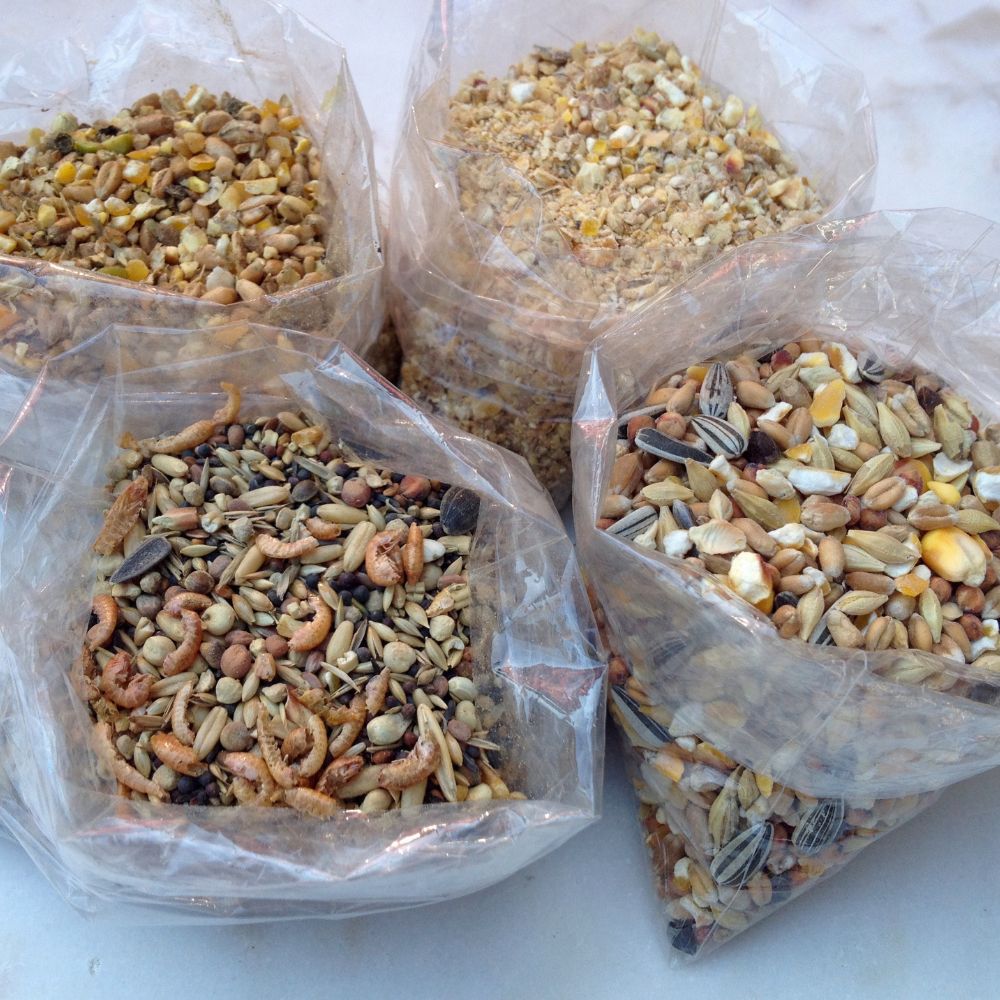
Do Chickens Prefer Storebought or Homemade?
This is a very specific question that requires significantly more research for a definitive answer. Current observations show that there is no preference. Picky eaters are everywhere, so there just might be one in your flock. Chickens are live creatures, and some can certainly be more picky than others.
What Food Is Really Necessary?
There will always be people who think layer feeds are unnecessary. And in some situations, they’re possibly right. But industry studies show that a 16% layer feed is the basis of a good diet. Personally, I would stick to “tried-and-true” facts. It can take a while to get chickens back on track if their rhythm is messed up by the wrong protein and nutrient levels.
Is Chicken Scratch Good Enough?
No, chicken scratch does not have all of the necessary nutrients to sustain your flock if that’s all it has to eat. It does make a great treat and is a good source of energy though.
Will Feed Make Eggshells Strong?
Not really, but a well-balanced diet certainly helps. However, if you do not free-range your flock then you will likely need to supplement with some type of oyster-shell to create strong shells.
Where To Buy Layer Feed
Layer feeds are available everywhere, and we even sell our own very popular blend right here. Petco, Tractor Supply, and even Wal*Mart all stock layer feeds. Chances are good that a simple Google search of “layer feed” and “nearby” will net you a source for the feeds. We are pretty proud of our ingredients though.
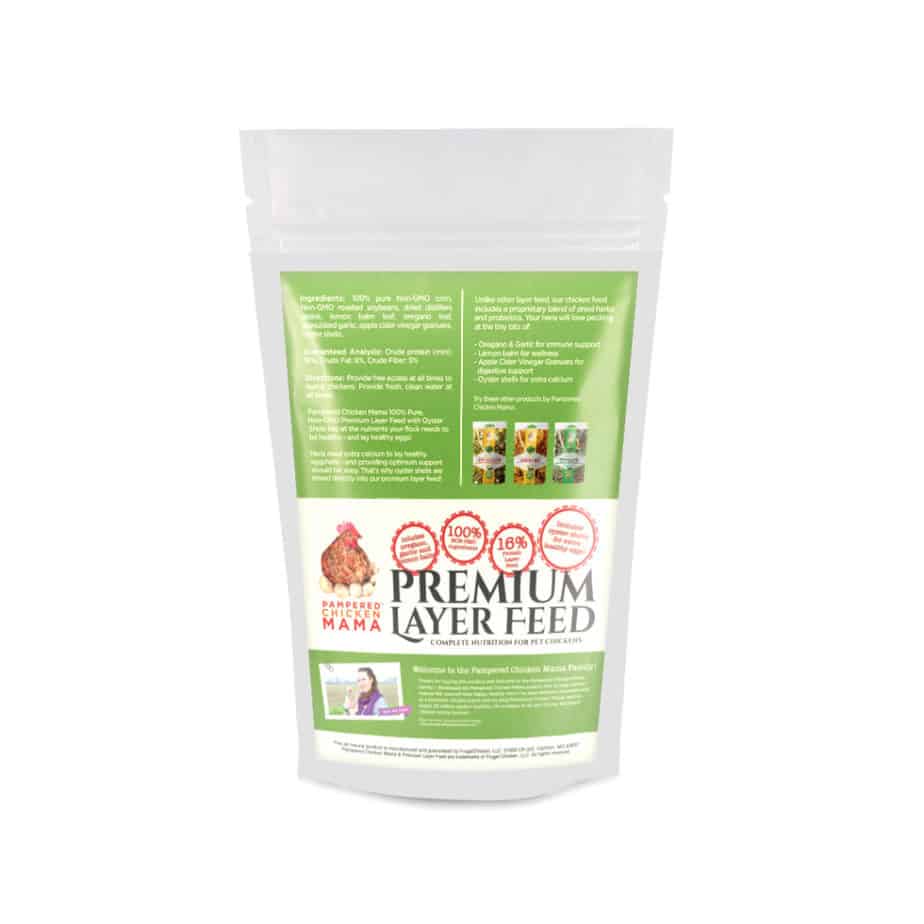
Summary
Layer feeds have become a single stop for your egg-laying hens. They are easy to mix, contain a good balance of ingredients for your little ladies, and help your flock produce the “butt nuggets” we all know and love. By looking after the eating habits of our girls, we are improving the quality of our own food: our eggs.
Maat van Uitert is a backyard chicken and sustainable living expert. She is also the author of Chickens: Naturally Raising A Sustainable Flock, which was a best seller in it’s Amazon category. Maat has been featured on NBC, CBS, AOL Finance, Community Chickens, the Huffington Post, Chickens magazine, Backyard Poultry, and Countryside Magazine. She lives on her farm in Southeast Missouri with her husband, two children, and about a million chickens and ducks. You can follow Maat on Facebook here and Instagram here.

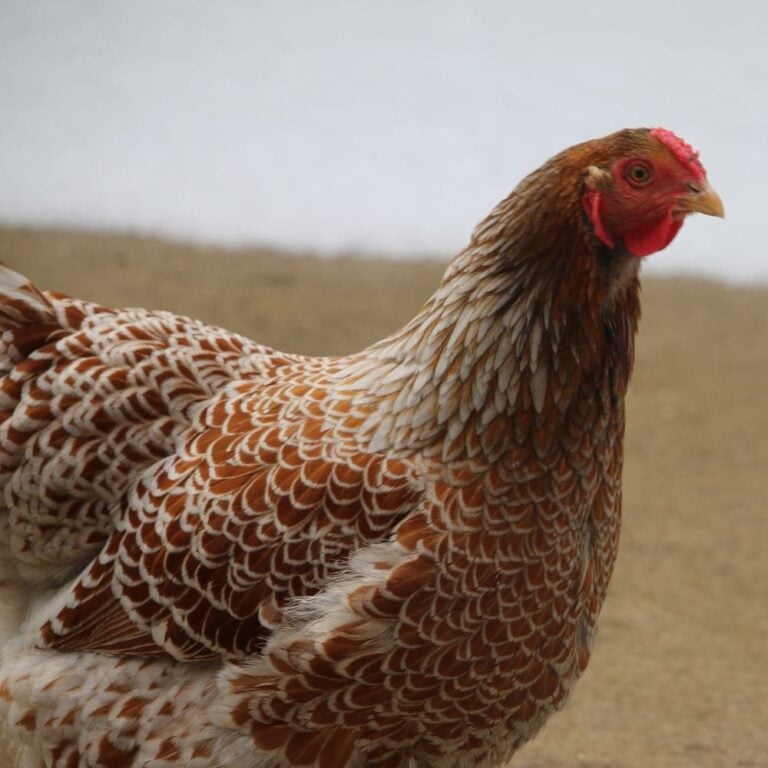
![The Deal With Dust Bathing + Recipes! [Podcast]](https://thefrugalchicken.com/wp-content/uploads/2016/09/dust-bath-podcast-min.jpg)
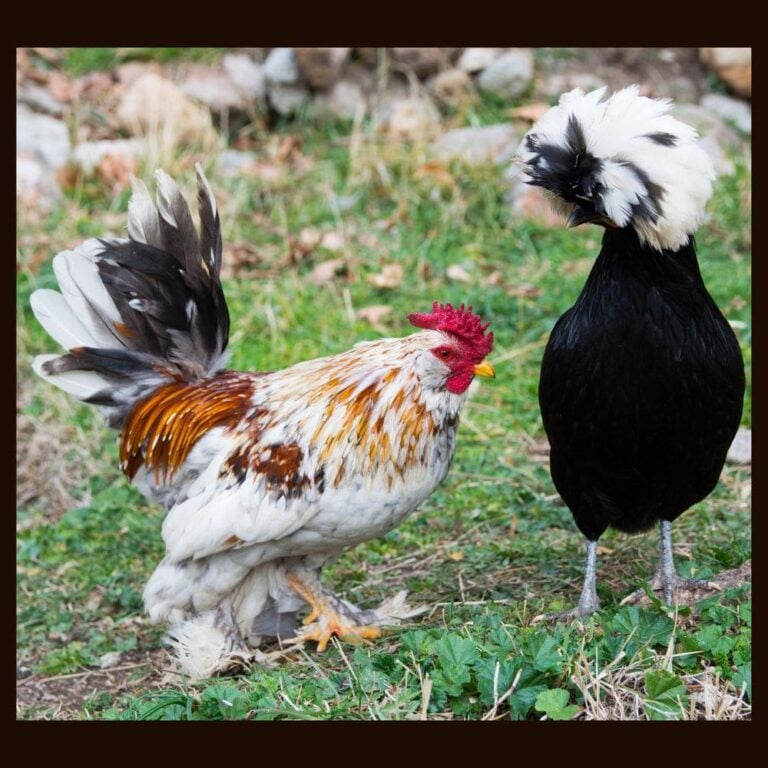
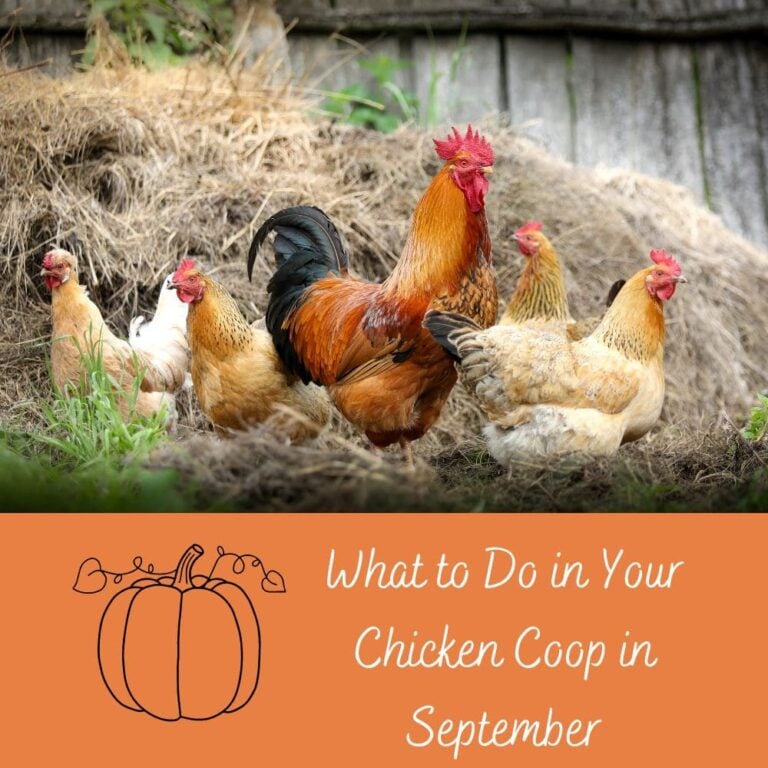
![How to Help A Wounded Chicken [Video Tutorial]](https://thefrugalchicken.com/wp-content/uploads/2016/12/how-to-help-a-wounded-chicken.jpg)
